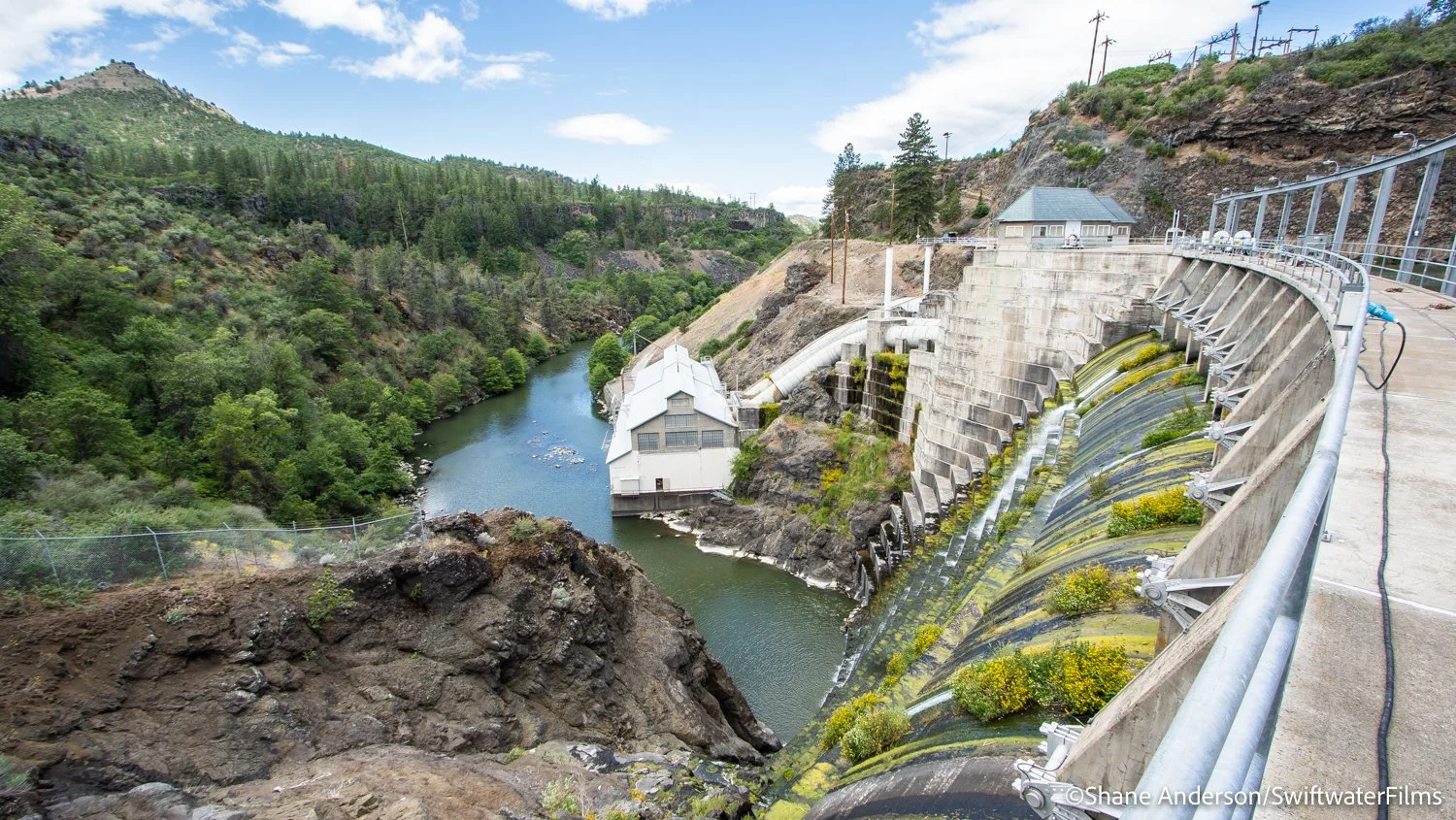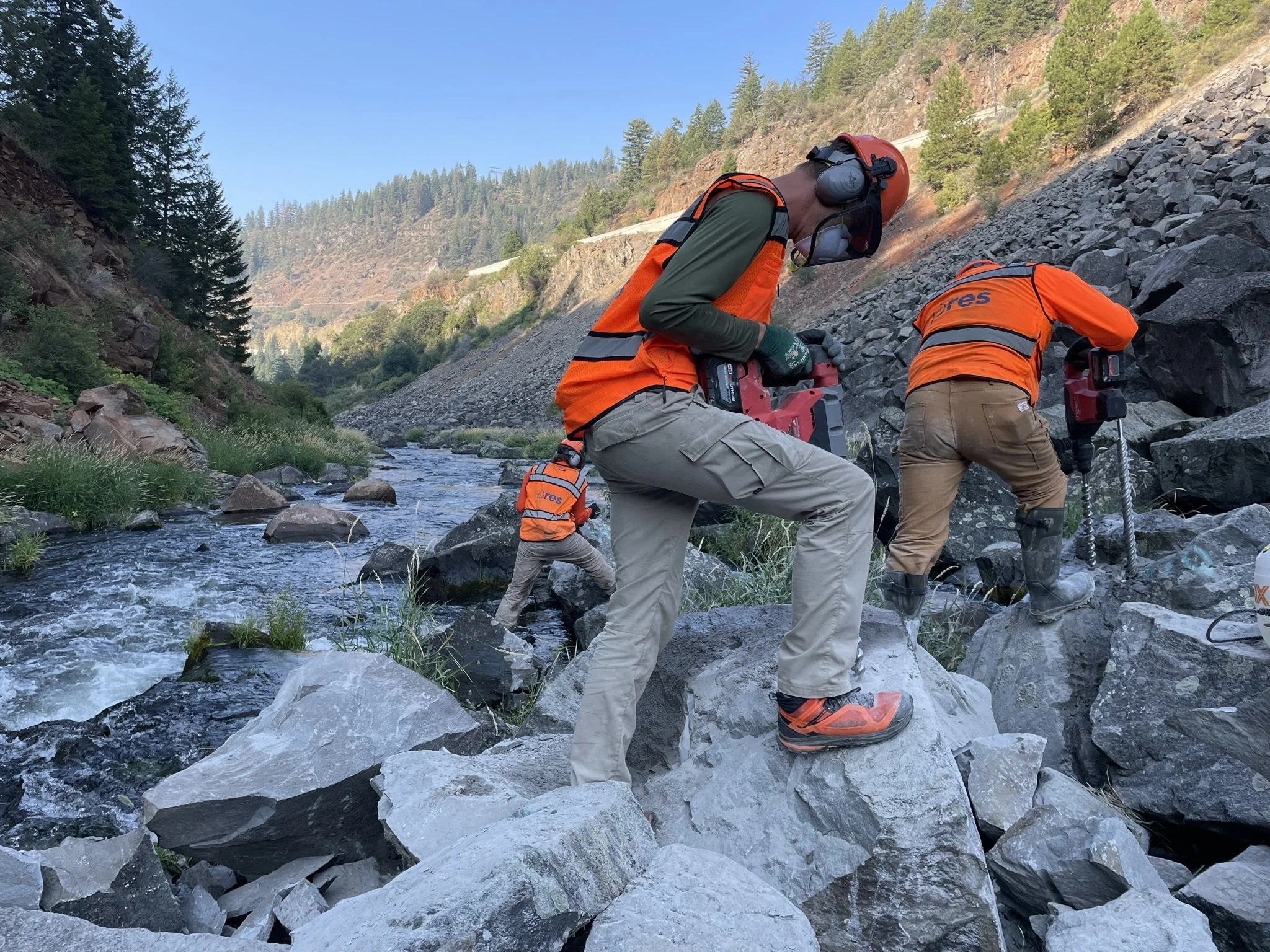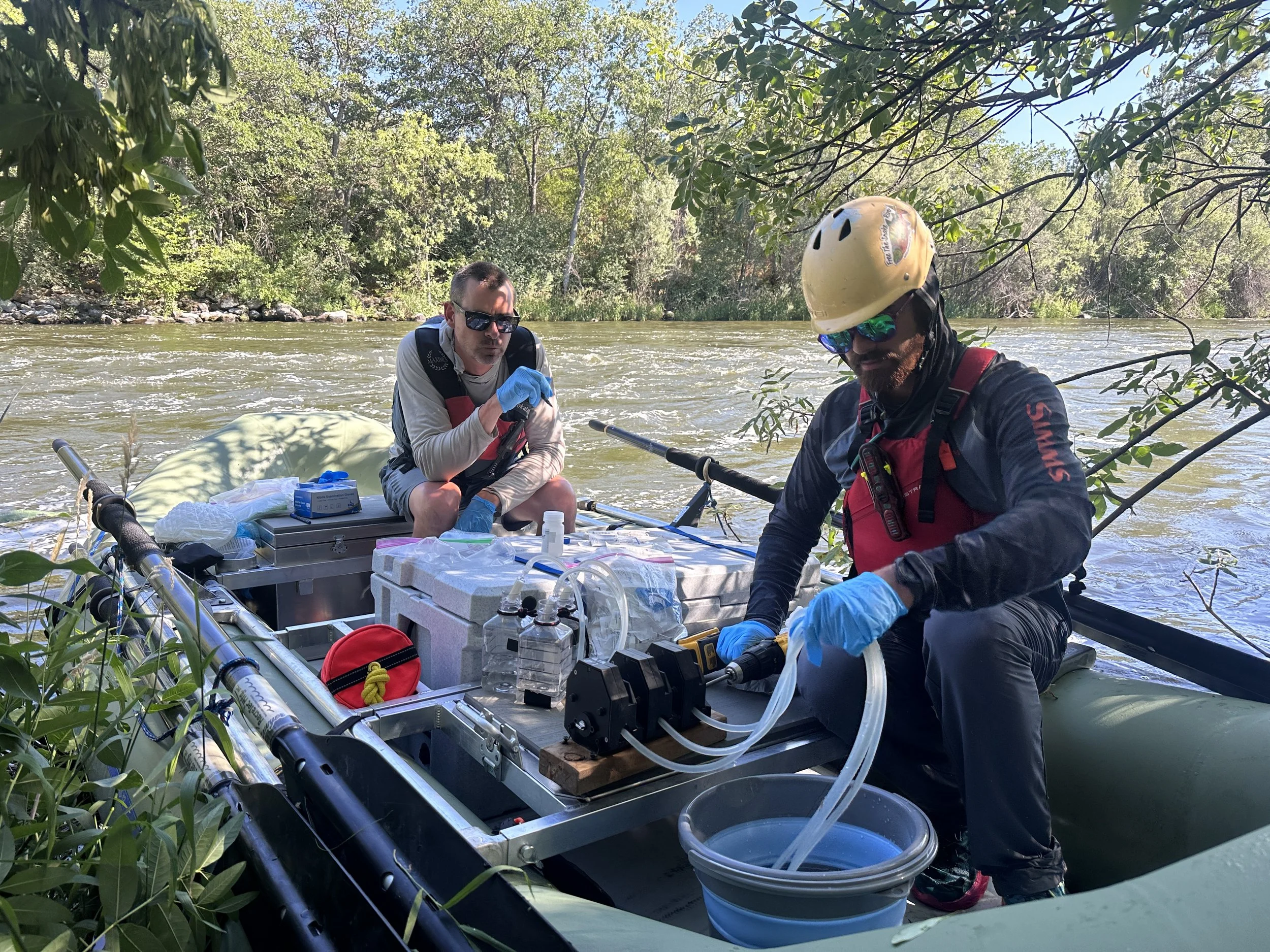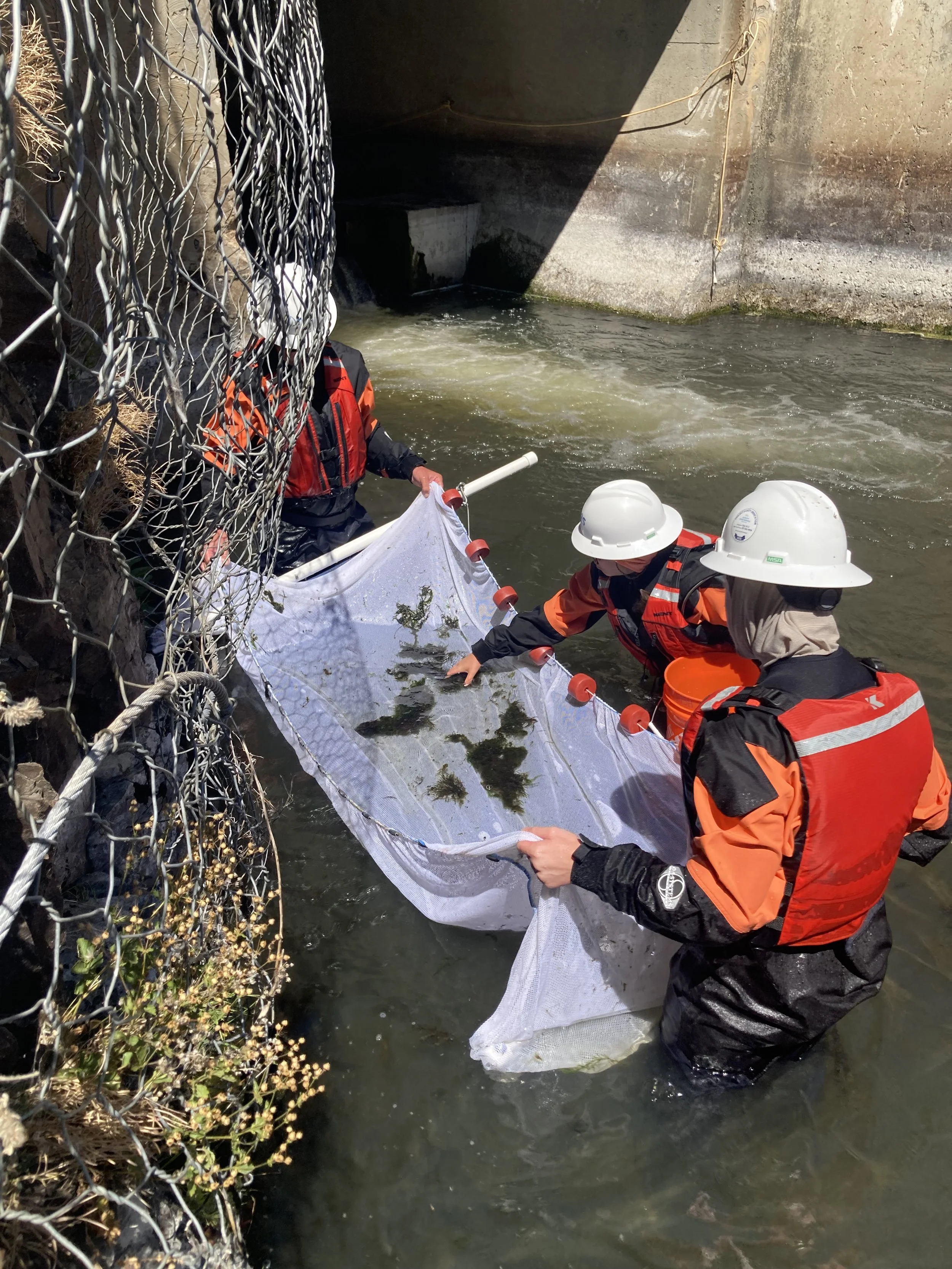When Congress Won’t Act, Find Another Way
A version of this piece was published in the Bend Bulletin in May 2024
In 2002, one of the year’s biggest national headlines was the death of 68,000 Klamath River salmon. That year, federal agencies faced a dilemma: When there is not enough water for both fish and farmers, who gets the water? Agencies chose farmers.
The fish kill was devastating to tribes up and down the Klamath River. The fish kill meant a loss of food, economic activity, culture, spirituality, and way of life. Commercial and recreational fishing businesses went bankrupt. Even the farmers who received water that year barely got by. It was clear the basin could not continue as is, with water overpromised in too many places.
The federal government inadvertently created this water war when it built a large irrigation project in the Upper Klamath Basin. In the early 20th century, the Bureau of Reclamation drained the wetlands around Upper Klamath Lake and encouraged white military veterans to come and farm in the basin. Like many of the agricultural irrigation projects developed throughout the West in this era, the Klamath Project was built at a time of unusual water abundance - but the federal government didn’t know that at the time.
Dry times in the region have continued since the early 2000s. Agencies have had to play a careful balancing game with water 14 times from 2002 to 2024, as the region experienced more drought years than wet.
Tribes in the Klamath Basin – including the Klamath, Karuk, Yurok, Shasta, and Hoopa – knew that the biggest threat to salmon in the basin was the four hydropower dams on the Klamath River at the Oregon/California border, owned and operated by PacifiCorp. They began organizing, and allies lined up to support them – conservation nonprofits, commercial fishing groups, recreational anglers, rafting enthusiasts, political leaders, and everyone else interested in free-flowing, healthy rivers.
Like all private dams, the Klamath River dams had to meet federal requirements to continue operating. PacifiCorp’s license to operate the dams was up for renewal, and the federal agency that regulates dam operations told them they would need to add fish passage to renew their license. The cost was estimated at $400 million. PacifiCorp decided the cost fo add fish passage was too high. At the urging of Tribes and many nonprofit partners, including Sustainable Northwest, instead of pursuing a new operating license, in 2010 PacifiCorp agreed to relinquish the dams so that they could be removed and a free-flowing Klamath River restored.
The only trouble was, the deal required congressional approval. PacifiCorp was unwilling to be part of the removal process, so the plan was to transfer ownership to the federal government, which was assumed to be the only entity able to assume the risk, liability, and insurance required for dam removal. The deadline for congressional approval was 2016, which came and went with no action from Congress. The deal expired.
This was probably the lowest moment in the campaign. It was clear another option was needed.
Sustainable Northwest secured funding to explore alternatives that would not require congressional approval. After studying dam removal and natural resource projects from Maine to Washington to Panama, we found the alternative. If PacifiCorp could transfer ownership of the dams to a different entity that would take on the risk and liability of dam removal, then the project could move forward without Congress.
The idea was formed to create a temporary entity – the Klamath River Renewal Corporation (KRRC) – to take over ownership of the dams. KRRC would:
secure the comprehensive insurance, bonds, and indemnities required;
use a “progressive design-build” model to plan the project, which further reduces risk and liability;
hire experts and contractors to create the necessary removal and restoration plans; and,
execute on those plans.
Shane Anderson/Swiftwater Films and Matt Mais/Yurok Tribe.
Tribes, 26 nonprofit partners, local counties, and the states of Oregon and California agreed and signed an amended agreement in 2016. Finally, in 2020, federal regulators approved it all, allowing dam removal to move forward via the newly formed KRRC, which is now overseeing the removal process.
The first of the four dams came out in 2023. The other three are coming out right now – with full removal expected to be complete by the end of summer 2024. Soon, salmon will once again return to 400 miles of habitat for the first time in 100 years.
Dam removal is just the first step to bringing balance back to the Klamath Basin. The next step is to replant and restore the 2,000 acres of land once inundated by the dams. It’s also important to prepare the upper basin for returning salmon.
In the upper basin, Sustainable Northwest has been working for over a decade with the Klamath Tribes, farmers, ranchers, agencies, and other conservation nonprofits to restore balance to a basin with not enough water for the many promises made. Two of our most important projects include working with farmers and ranchers to restore habitat and use water more efficiently, and finding nature-based solutions for managing forests in the Upper Klamath Basin – reducing wildfire risk and helping forests store water.
This work is critical as it not only supports salmon, but also C’waam and Koptu – sucker fish endemic to the Klamath Basin and critical to Upper Basin indigenous communities– in Upper and Lower Klamath lakes, as well as migratory waterfowl and wildlife refuges. Our goal is to bring balance back to the basin by forging collaborative solutions that support nature, people, and local economies. It’s the Sustainable Northwest way, and it has worked for 30 years throughout the Northwest. We are optimistic it can work in the Klamath Basin as well.












